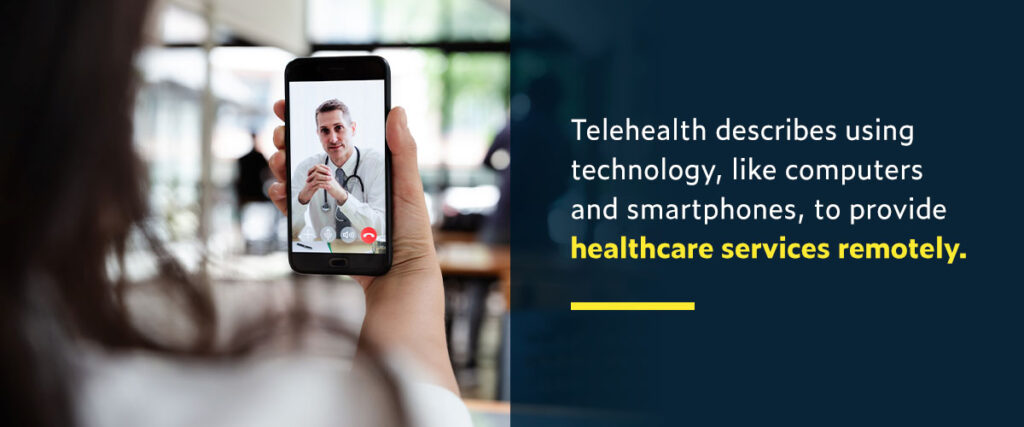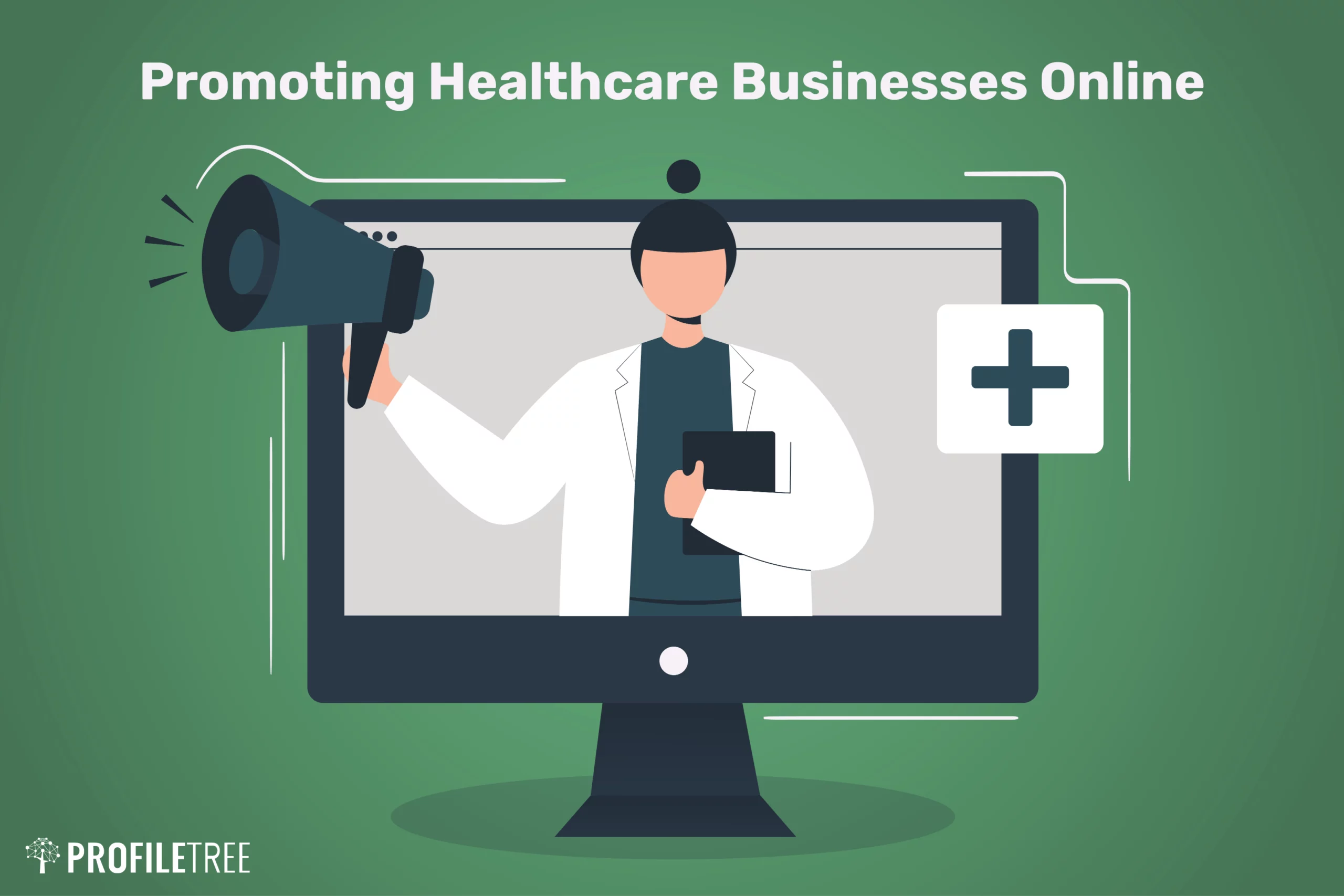Why Subscription Based Healthcare is Getting Appeal Among Patients Today
Why Subscription Based Healthcare is Getting Appeal Among Patients Today
Blog Article
How Subscription-Based Medical Care Is Revolutionizing the Medical Market

The Surge of Registration Health Care
Over the last few years, the healthcare industry has observed a substantial change in the direction of subscription-based versions, showing broader customer fads favoring convenience and predictability. This transformation is driven by the raising demand for more personalized and easily accessible treatment services. Membership medical care, sometimes described as concierge medication or direct medical care, supplies clients a fixed regular monthly fee for a series of clinical solutions, substantially altering typical fee-for-service models.
The rise of subscription medical care is assisted in by innovations in technology, which allow structured interaction between carriers and patients - subscription based healthcare. Digital platforms and telehealth solutions have become essential, offering patients the ability to schedule consultations, accessibility medical records, and get assessments online. This technological assimilation not just enhances patient involvement but also allows companies to provide more reliable care
Furthermore, the registration version aligns with the advancing expectations of people that look for even more control over their healthcare expenditures and experiences. By getting rid of the unpredictability of co-pays and insurance cases, subscription-based health care supplies a uncomplicated and clear method. While this model is getting traction, its proliferation encounters challenges such as governing difficulties and the requirement for broader approval within the typical healthcare community. Its growing visibility notes an essential moment in the development of medical care delivery.
Advantages for Clients and Suppliers
Subscription-based health care offers a multitude of benefits for both carriers and individuals, improving the dynamics of clinical treatment. For patients, this model offers enhanced access to medical care solutions. With a predictable month-to-month cost, individuals can delight in endless assessments, lowered wait times, and customized care. This arrangement often causes an extra positive technique to health monitoring, enabling timely treatments that can protect against chronic conditions from intensifying. The economic transparency of membership models decreases the unpredictability associated with typical fee-for-service invoicing, minimizing the problem of unanticipated clinical expenditures.
For healthcare suppliers, subscription-based models foster an even more satisfying and lasting practice. Management jobs are usually structured, reducing overhead expenses and permitting companies to devote more time to person interaction. In general, subscription-based medical care straightens the rewards of providers and individuals, promoting an extra patient-centered and reliable health care delivery system.
Trick Attributes of the Design
Often, the crucial attributes of the subscription-based medical care version highlight its unique technique to providing clinical services. Central to this design is the concept of predictable, month-to-month settlements, offering patients a thorough variety of solutions without the unpredictability of typical fee-for-service frameworks. This version usually includes unrestricted accessibility article source to main treatment services, preventive treatment, and routine exams, making sure that people can involve with their doctor proactively as opposed to reactively.
Additionally, direct interaction channels, such as telemedicine and messaging platforms, are highlighted, permitting patients to get prompt recommendations and consultations without requiring in-person consultations. This enhances access and benefit, especially for people with wheelchair restraints or those living in remote locations. The model likewise cultivates more powerful doctor-patient relationships, as doctor are incentivized to concentrate on long-lasting health and wellness outcomes instead of short-term gos to.
Moreover, subscription-based medical care commonly integrates technological technologies, such as electronic health documents and health monitoring apps, to provide customized and effective care. Patients benefit from worked with and continuous care monitoring, which is customized to their specific health and wellness needs. Eventually, these features collectively produce a patient-centered health care experience, focusing on accessibility, cost transparency, and preventive care.

Obstacles and Factors To Consider
While the subscription-based health care model offers various advantages, it is not without its obstacles and factors to consider. One substantial obstacle is guaranteeing fair accessibility. Registration versions might inadvertently favor those with higher socioeconomic status, potentially widening variations in medical care gain access to for lower-income individuals that might fight with month-to-month fees. This increases ethical problems concerning inclusivity and equity in medical care delivery.
One more difficulty lies in regulatory compliance. Subscription-based health care should browse a complicated internet of guidelines that differ by region, including problems around individual privacy, data protection, and state licensing needs. Ensuring conformity without restraining the version's flexibility and development can be daunting for service providers.
In addition, there is the threat of overutilization or underutilization of services. Clients paying a repaired cost may overuse solutions, bring about increased operational costs, while others may underutilize due to be afraid of straining the system, potentially neglecting required care.
Future Prospects and Innovations
The landscape of subscription-based healthcare is positioned for improvement through arising advancements and developing potential customers. As modern More Info technology remains to advance, the integration of fabricated knowledge and equipment learning presents considerable possibilities to boost diagnostic precision and simplify individual administration. Anticipating analytics can revolutionize preventative treatment by identifying prospective health dangers prior to they manifest, therefore minimizing both costs and the problem on health care systems.
In addition, telemedicine is readied to expand within membership models, offering people enhanced accessibility to medical care professionals regardless of geographical restrictions. This not only promotes connection of treatment however also encourages people to engage more proactively in their health and wellness monitoring. Additionally, blockchain modern technology offers prospective in safeguarding patient information and guaranteeing interoperability throughout systems, promoting count on and openness.
The growth of customized medication is an additional frontier, with membership designs supplying a distinct framework for delivering tailored read wellness services. Genetic testing and personalized therapy strategies can be flawlessly incorporated, aligning client requires with particular medical treatments. Partnerships in between tech firms and medical care suppliers are most likely to generate cutting-edge solutions, improving client experiences and outcomes. As these potential customers emerge, subscription-based health care has the possible to redefine just how treatment is supplied and accessed.
Conclusion
Subscription-based healthcare is changing the clinical market by supplying an extra obtainable, foreseeable, and patient-centered method to medical services. This design enhances patient-provider relationships, makes certain economic openness, and stresses precautionary care via endless assessments and telemedicine. In spite of challenges such as governing obstacles and potential differences in gain access to, the registration design holds guarantee for a more efficient and individualized healthcare experience. As innovation advancements, better advancements are likely to attend to existing challenges and maximize healthcare distribution.
Subscription healthcare, occasionally referred to as concierge medicine or straight main treatment, supplies patients a fixed monthly charge for a variety of clinical solutions, considerably altering typical fee-for-service models.
Moreover, the membership design straightens with the developing assumptions of individuals that look for more control over their medical care expenditures and experiences. For patients, this model gives boosted access to healthcare services. In general, subscription-based healthcare aligns the motivations of patients and carriers, promoting a much more effective and patient-centered health care distribution system.
Furthermore, telemedicine is set to broaden within membership versions, offering patients increased accessibility to medical care professionals regardless of geographical restraints. - subscription based healthcare
Report this page